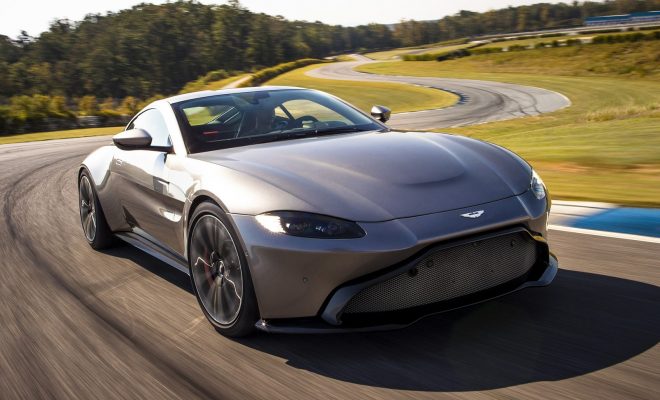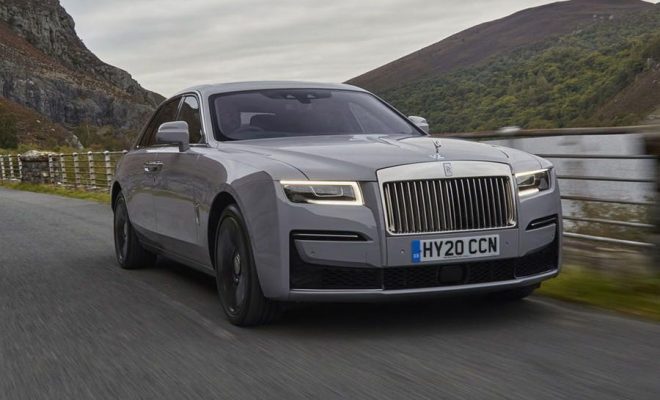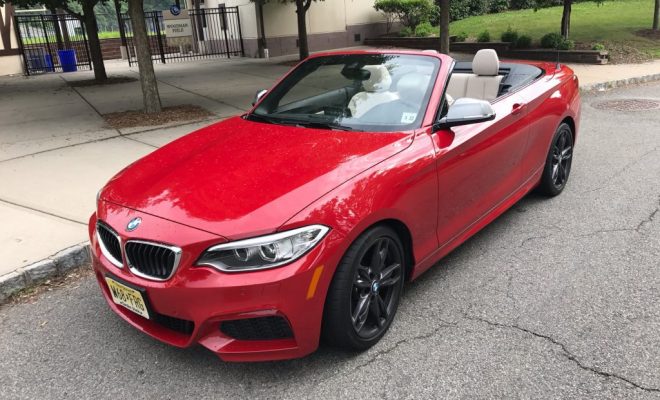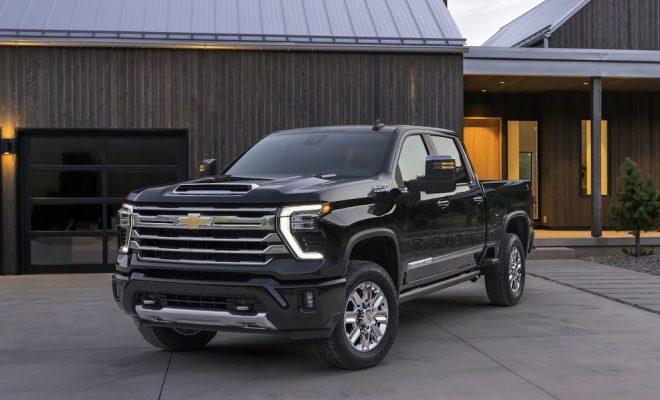What is a V-belt? How does it work?
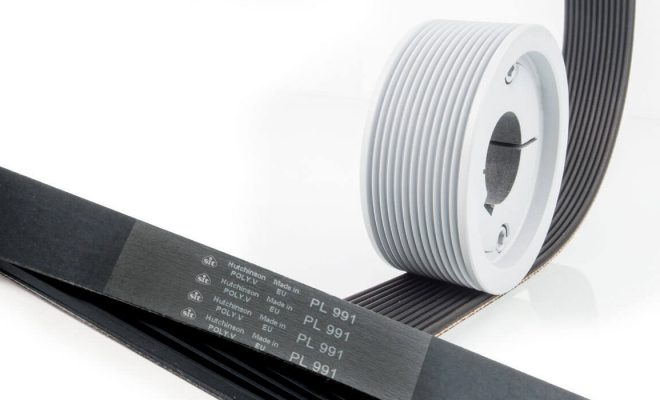
A v-belt is a flexible and productive power transmission gadget fit for moving power from one shaft to the next. It is known for its trapezoidal shape wedges safely into the piles of a post. The great state of correas trapeciales assists them with fitting firmly and cozily into the scores of a sheave, giving them extra surface contact and expanded dependability.
When there is belt pressure, vertical powers opposite to the highest point of a correas trapeciales push its walls against the notches of the sheave. As the powers increment, the belt wedges firmly into the sheave grooves, which builds the rubbing between the belt surfaces and the sheave walls. The steadily developing association considers a higher force to be communicated, while the expanded contact limits force deficiency through slippage. The numerous frictional powers permit a drive to send higher burdens. The presentation of a V is still up in the air by how firmly it squeezes into the score of the sheave when set under higher pressure.
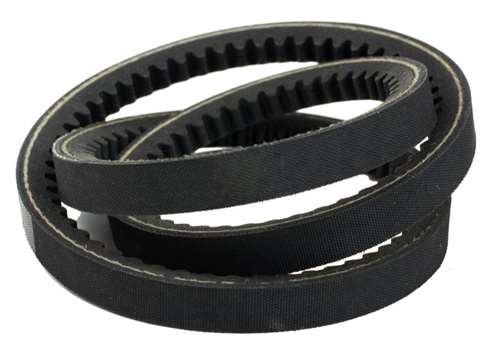
V-belts are produced using engineered and regular elastic, which gives them the adaptability and flexibility to twist into the stacks. The different stringy pliable harmonies are compacted to the shape and type of a V-belt, an interaction that gives V-belts their excellent strength and sturdiness. Certain plans of V-belts increment bowing opposition and lower their working temperature by adding machine gear pieces.
Belt drives send power between at least two turning shafts, ordinarily with equal tomahawks of revolution. The belts are circled over pulleys connected to the driver and adherent shafts. The pulleys are put at a deliberate distance to strain the belt. The contact makes the belt hold the pulley when in activity. The pivot of the driver pulley builds the pressure on one side of the belt, creating a tight side. This near side applies a digressive power to the supporter pulley. Force is then applied to the determined shaft. Inverse the right side is the leeway side, where the belt encounters less strain.
V-Belt Fabric Cover
The textured front of V-belts connects with the outer layer of the sheave. It is made of a material equipped for enduring high scraped spots and is impervious to pollutants. It shields the elastomer and pressure line from the destructive impacts of synthetics, erosion, and high temperatures.
Frequently alluded to as wrapped V-belts, covers give V-belts a uniform look, feel, and perfection. The legitimate covering smothers commotion from the belt when it is in activity. The scraped spot opposition of V-belts builds their strength since contact with the sheave ordinarily happens at especially high paces.


